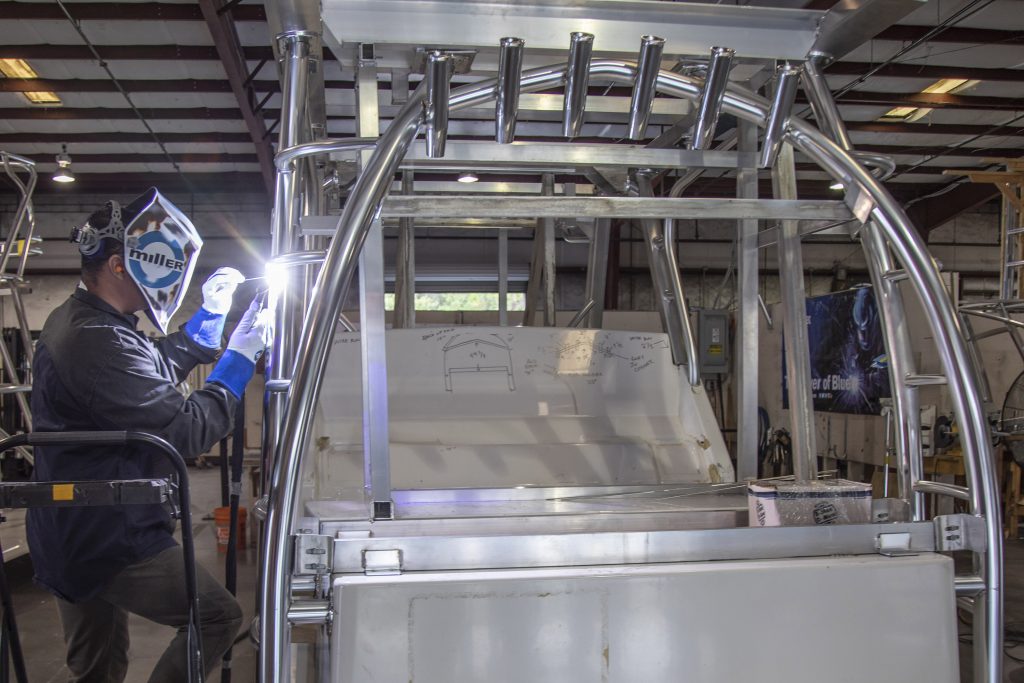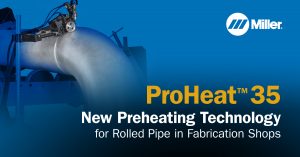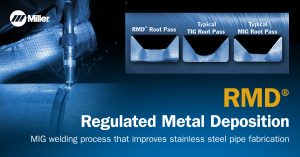As compared to a traditional TIG power source, a TIG inverter with advanced controls offers increased control over the welding arc. This allows the operator to tailor the bead profile, improve arc starting, increase travel speeds, perform better on thinner materials and thinner sections as well as experience other production benefits.
In AC mode, an inverter offers waveform shaping with more control for optimal results. We’ll take a look at some of the benefits behind these additional capabilities and how you can put them to use. If you missed the previous post, dedicated to DC Pulsing, we strongly recommend to read it.
AC Output - Welding Aluminum and Magnesium
Advancements in electronics allowed for the development of the squarewave, which solved the problem of the sine wave arc extinguishing itself. The development of inverter technology took AC control even further, refining the squarewave to a nearly instantaneous transition between polarities, eliminating the need for HF arc stabilization when welding with AC and allowing precise control of AC balance, output frequency and independent EN and EP amplitude control.
AC Output Frequency
Conventional technology limits AC frequency to 50 or 60 HZ, the same as single-phase input power. Inverter technology, however, allows output frequency to be adjusted anywhere from 20 to 400 Hz. Increasing AC frequency provides a more focused arc with increased directional control and a narrower bead and cleaning area. A lower frequency softens the arc and results in a wider weld puddle and bead.
An arc cone at 400 Hz is much tighter and more focused at the exact spot the electrode is pointing than an arc cone operating at 60 Hz. The result is significantly improved arc stability and increased penetration, ideal for fillet welds and other fit ups requiring deep, precise penetration.




